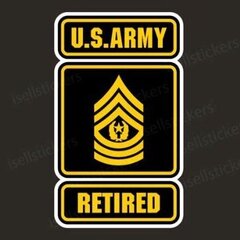Different Diff problem
-
Similar Topics
-
By Gerald Dillman
Looking for a output shaft for a Joyner trooper t2. Went to move the buggy after sitting all winter and it appears the out put shaft that drives the rear wheels broke off inside the transmission so looking for the shaft or a complete transmission if someone has one
-
By Ed Michael
My older LM 650 is blowing fuel into the air cleaner. Any idea on what would cause this? It is the Suzuki motor. Not sure what model year it is.
Thanks
Subaru SxS.mp4 -
By Karlibob
I have a 2020 800 sx with about 16 hours on it. From day one I have heard a clunking noise from the front end going over bumps. Has anyone else experienced this? Also this past weekend while out riding I heard a noise that sounded like the dump bed bounced three or four different times, again has anyone experienced anything like that. Thanks, gary
-
By Blair
Most of us complain about the ridiculous noise in the cabin. My wife likes to ride but the noise is a major downer. You can’t even have a conversation without shouting at each other. Well, I manage to reduce the cabin noise by approx 200%!
I addressed the intake that is poorly placed right between the driver and passenger. First, I cut the air filter inlet pipe in half (pic 1). I then reinstalled it upside down (pic 2). I then attached a flexible intake tube (pic 3) and directed it behind the cabin (pic 4). Major difference.
Then I covered the interior engine cover with Dynamat extreme and then 200 mil Chaogang sound deadener / heat shield mat on top of that (pic 5). Since I cut off the intake and redirected it, I completely closed off the intake (engine fence) so no engine noise can come thru (pic 6). It also reduced the heat approx 50%. I did leave on the heat mat that came stock on the engine cover, so it has 3 different mats. It was a snug fit. Major difference again.
My wife rides all the time now since we can have a conversation when we ride. Major improvement to my riding experience. Thought you might like to check it out.

-
By CSM_Retired
Greetings All,
I'm looking for the most effective way to quiet the noise inside the cab. The cab virtually sits atop the 24hp diesel engine. It's very loud and so I'm looking for ways to make inside the cab quieter.
-








Recommended Posts
Join the conversation
You can post now and register later. If you have an account, sign in now to post with your account.
Note: Your post will require moderator approval before it will be visible.